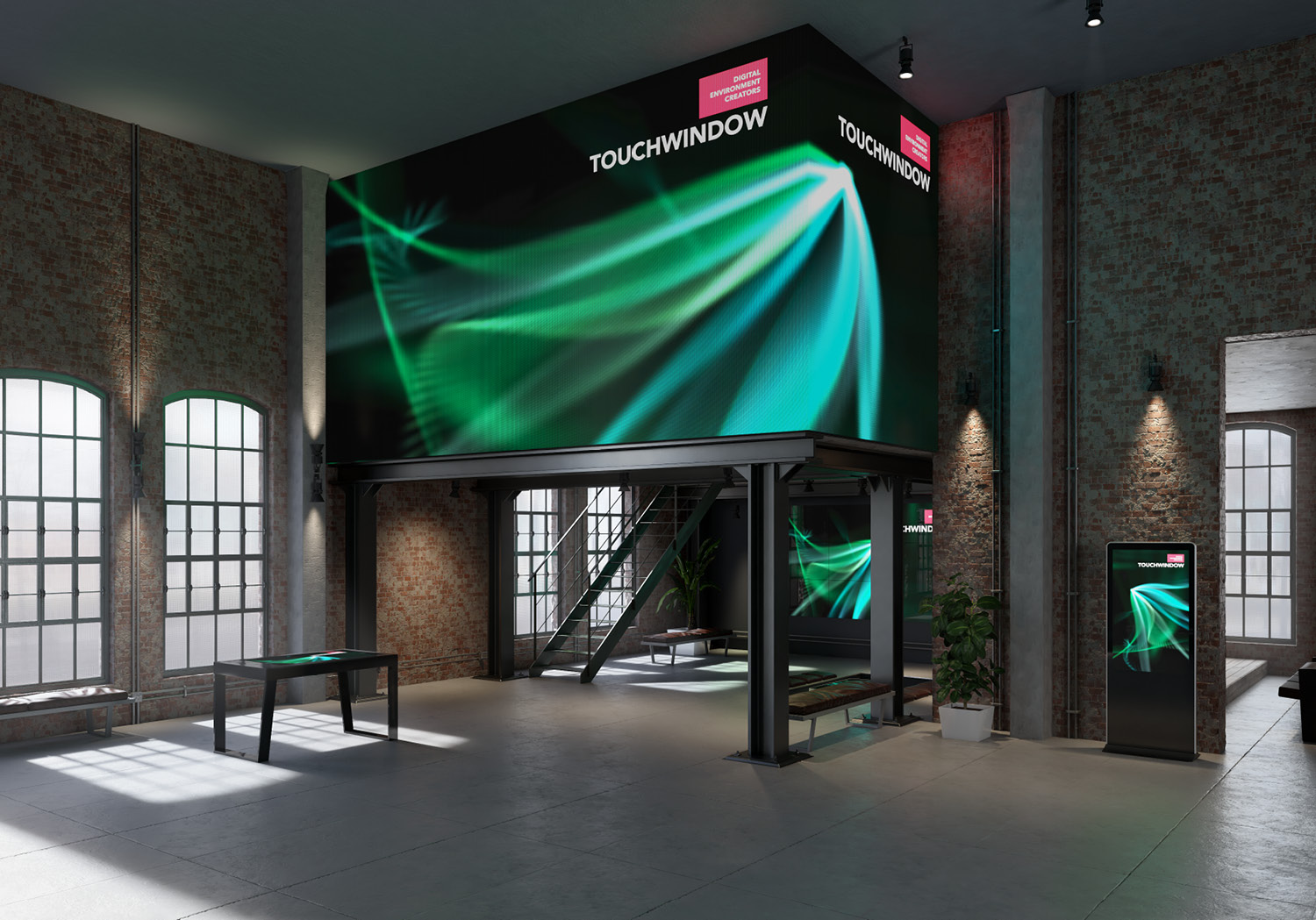Perfecting Hue Accuracy in Light Emitting Diode Wall Adjustment for Stunning Visual Presentations
Perfecting Hue Accuracy in Light Emitting Diode Wall Adjustment for Stunning Visual Presentations
Blog Article
Color precision is crucial for producing breathtaking visual displays, especially when employing LED screens. These massive displays are frequently found in locations like music venues, athletic arenas, and promotional billboards. When the hues on an LED screen are not accurate, the images can look dull or distorted, which can affect the overall impression for audiences. Therefore, perfecting color precision in LED screen tuning is vital for attaining lively and realistic images.
The initial step in ensuring color accuracy is understanding how LED technology works. LEDs, or light-emitting diodes, produce light in multiple colors by combining red, green, and blue (RGB) light. Each pixel on an LED wall consists of these three colors. When tuned properly, the mix of RGB can create a wide range of colors. However, if one color is too intense or too dim, it can distort the entire screen. This is why calibration is necessary to balance the colors and reach the intended graphic effect.
Tuning entails adjusting the settings of the LED screen to make sure that the colors shown correspond the original content as nearby as possible. This process usually involves using specialized software and hardware instruments. Technicians frequently use color assessment devices, such as spectrophotometers, to examine the colors being shown. By contrasting the measured hues to benchmark color values, they can make precise modifications. This guarantees that the colors are not only lively but also consistent across the whole display.
Another important factor of color precision is comprehending the surroundings in which the LED screen is used. Factors such as surrounding light can significantly impact how hues appear. For instance, a well-lit lit room may wash out colors, making them look not as vibrant. To counteract this, technicians may adjust the luminosity and differentiation settings of the LED wall. Additionally, they may select specific color settings that are more suited for various lighting conditions. This flexibility helps maintain color accuracy irrespective of the viewing surroundings.
Ultimately, routine maintenance and recalibration are crucial for keeping an LED screen looking its finest. Over time, the functionality of LEDs can change due to factors like degradation and heat fluctuations. Regular inspections and modifications can help ensure that the colors stay accurate and vibrant. By committing time in proper calibration and upkeep, venues can offer audiences with breathtaking graphic led wall calibration for performance venues displays that enhance their overall impression. Mastering color accuracy in LED screen calibration is not just a technical job; it is an art that adds to the wonder of visual narration.